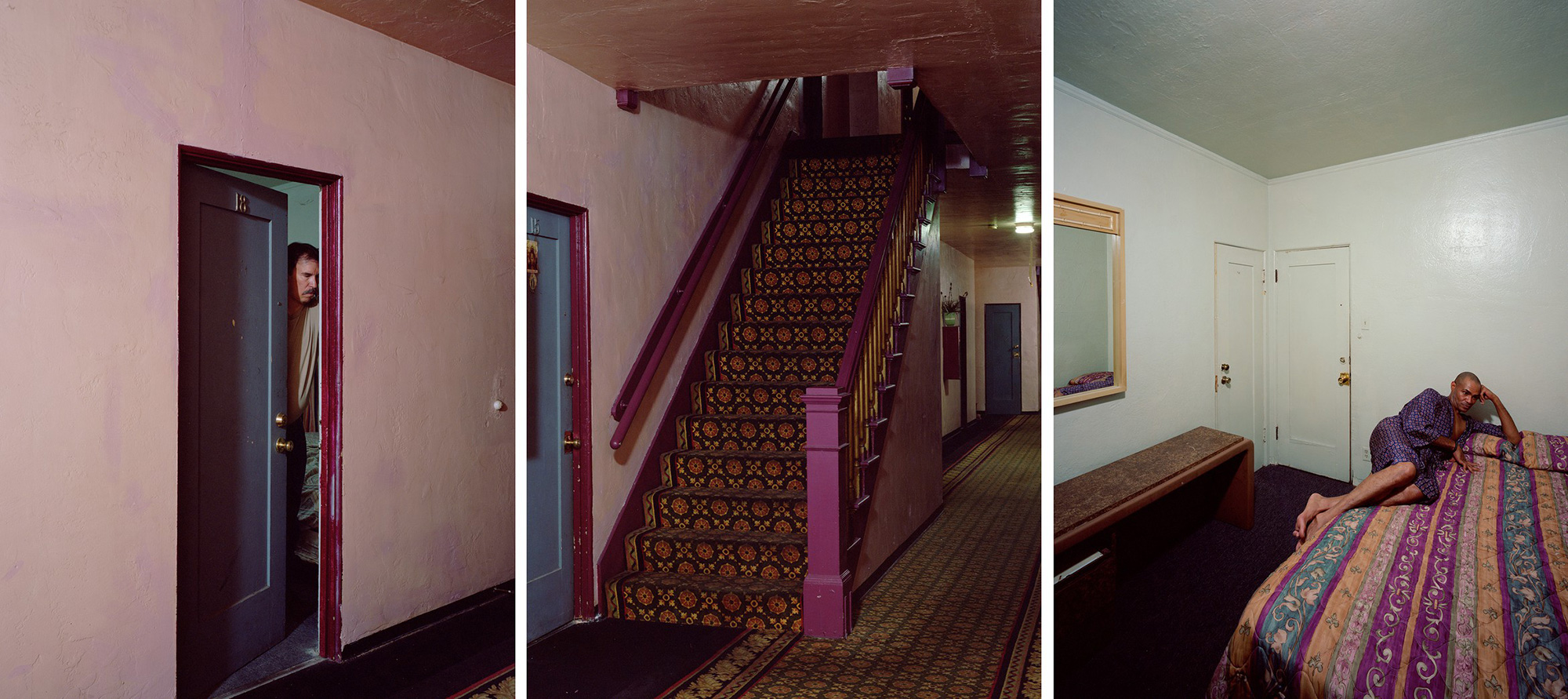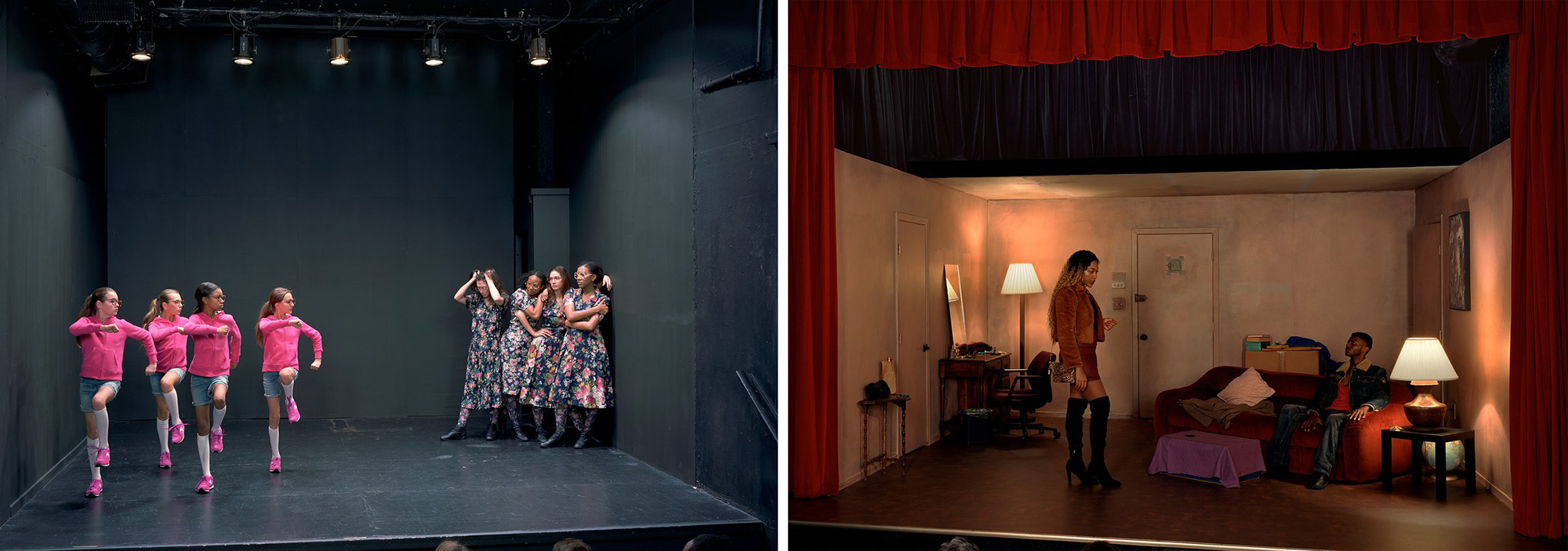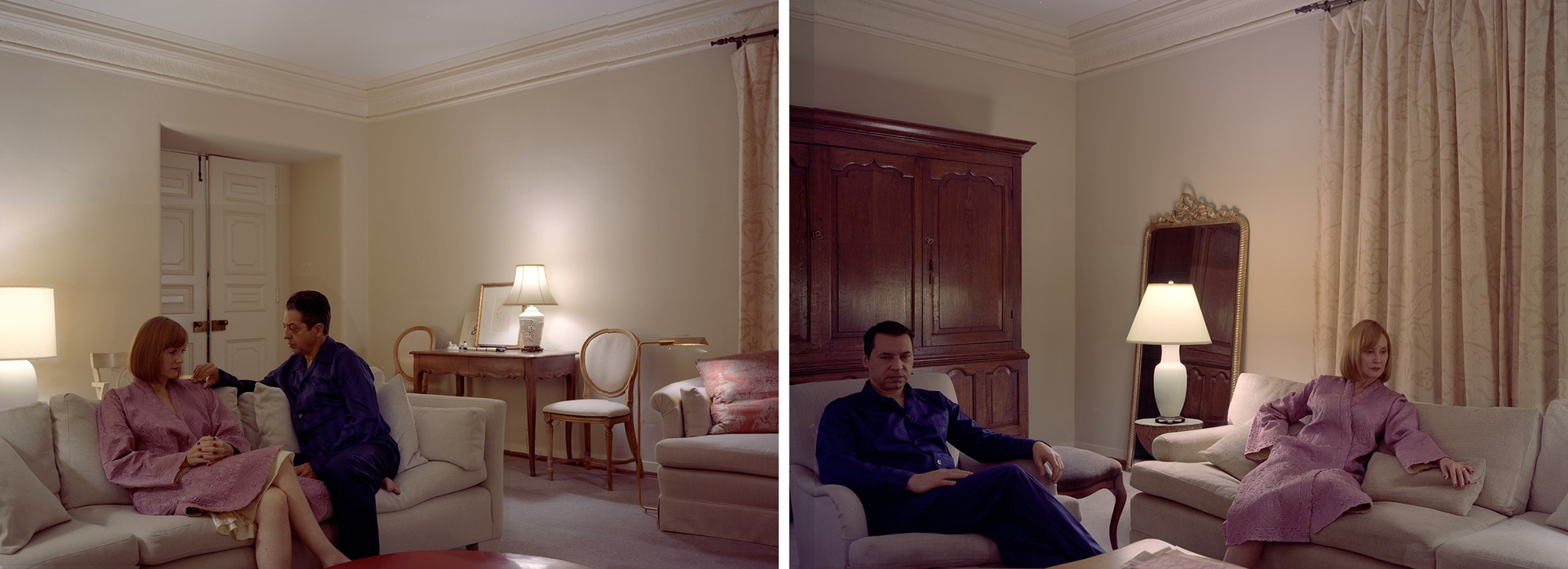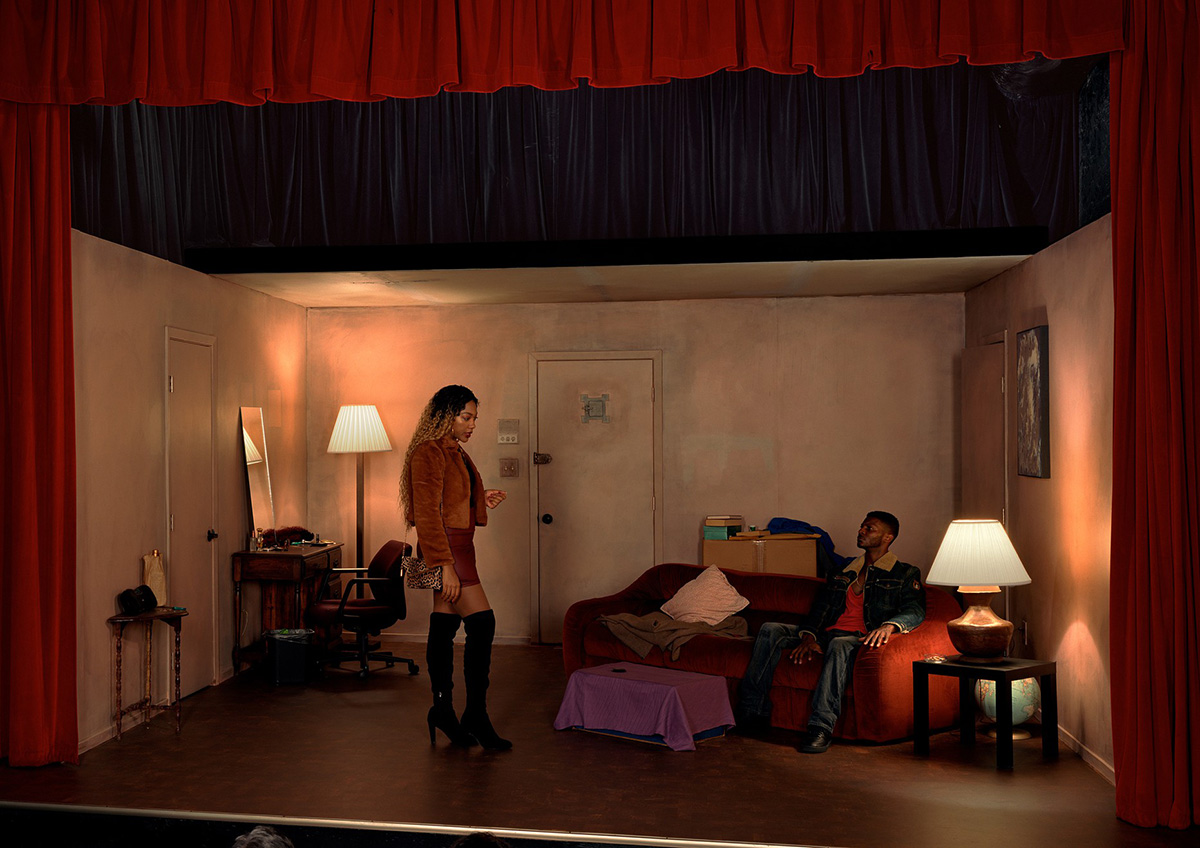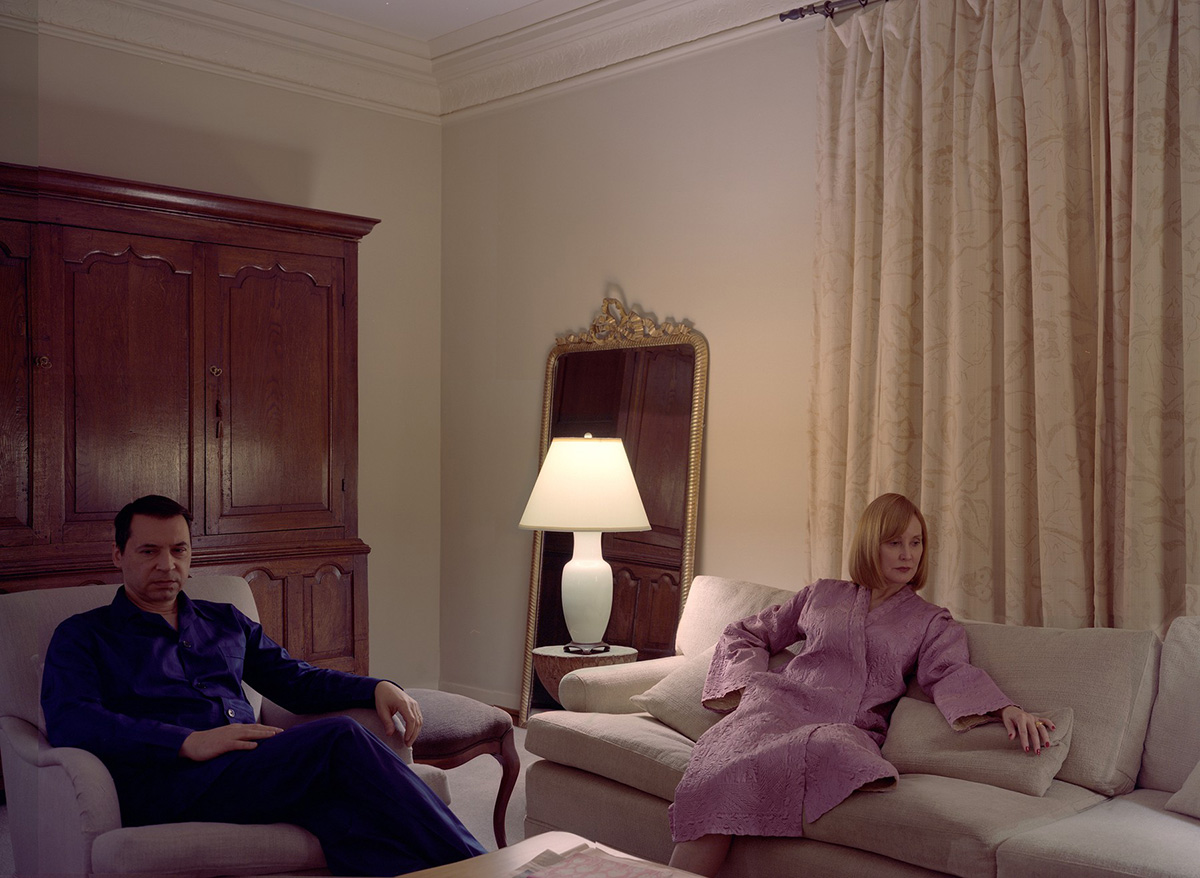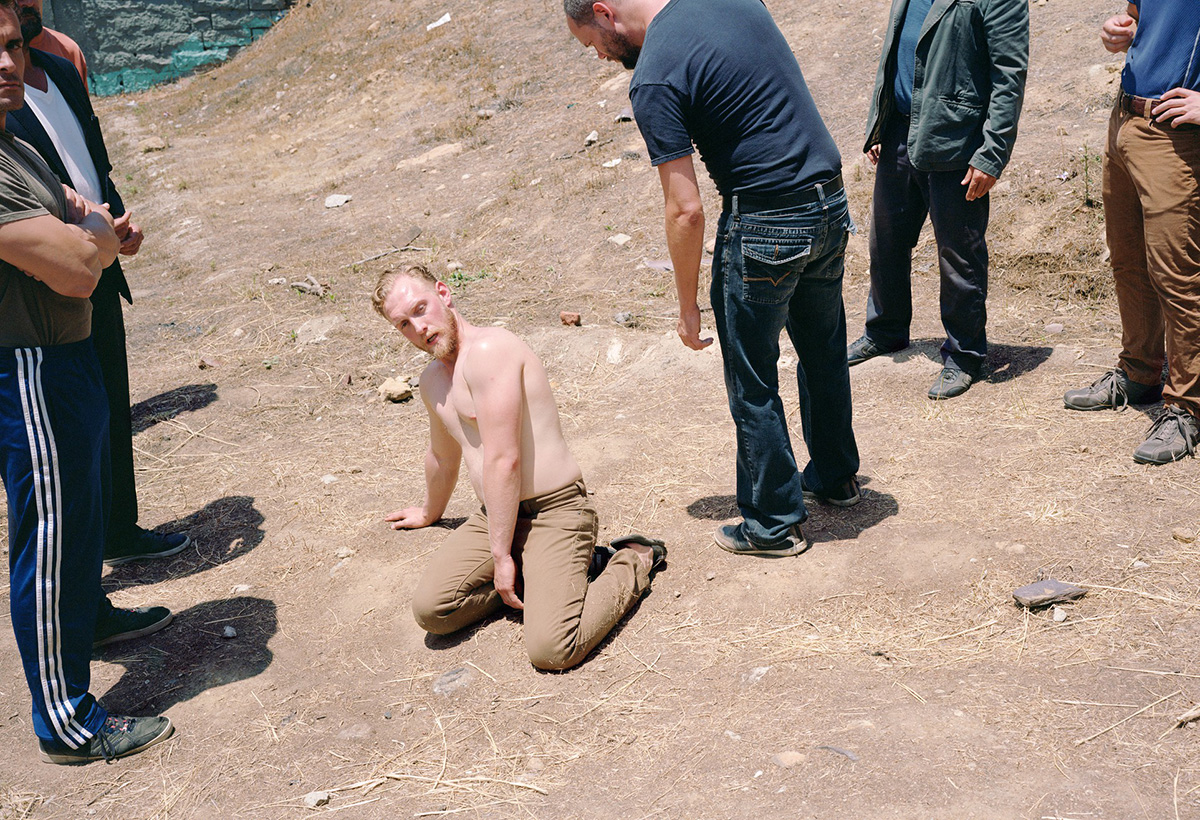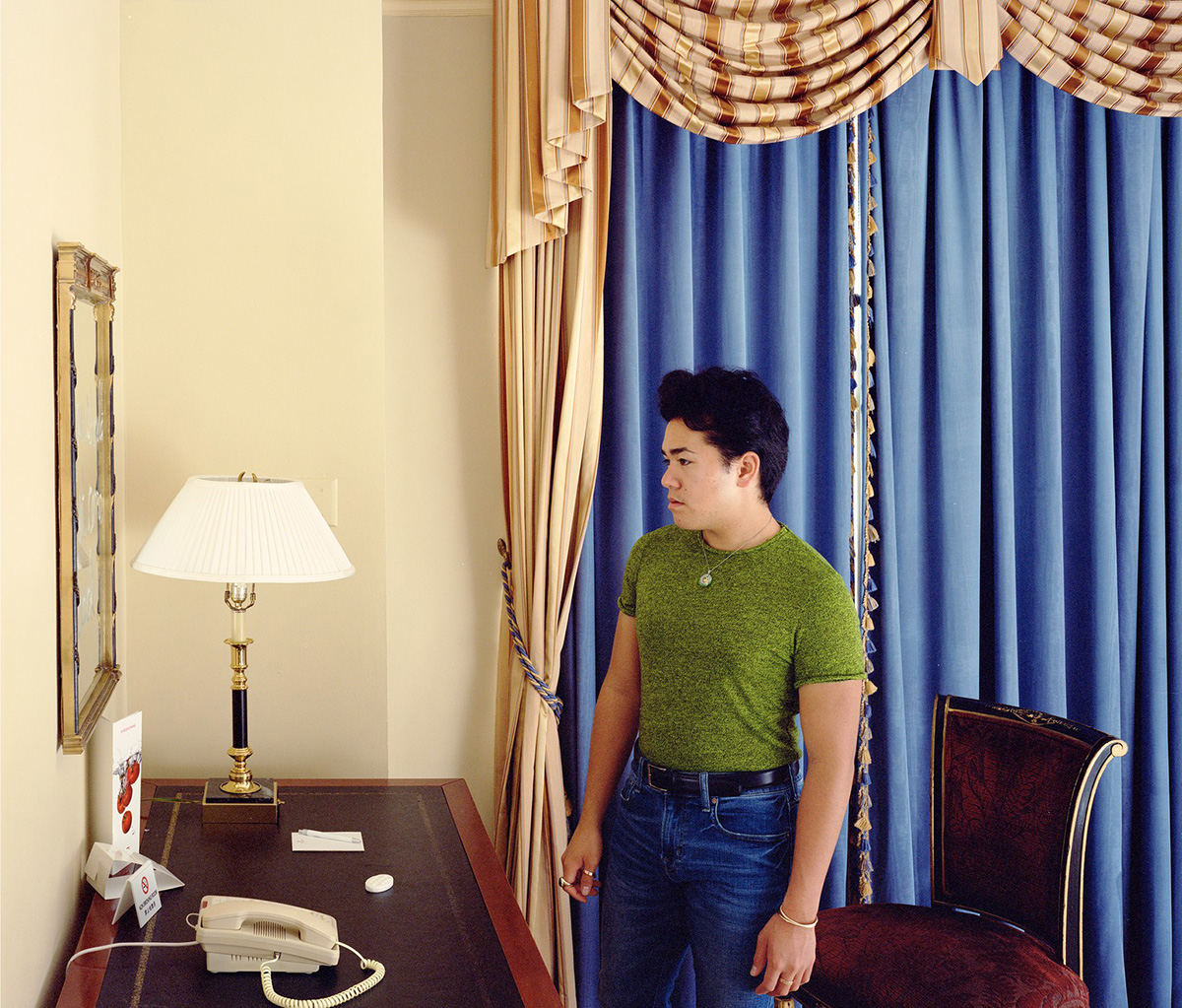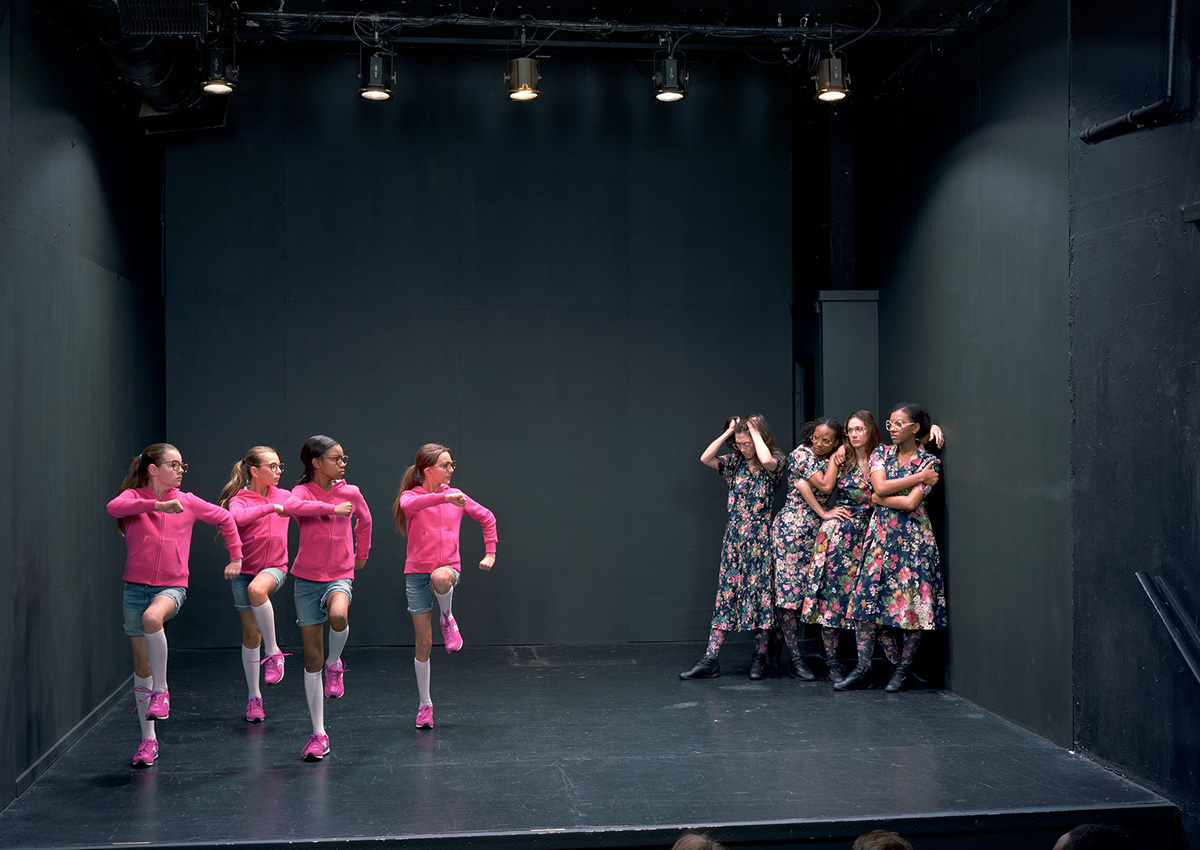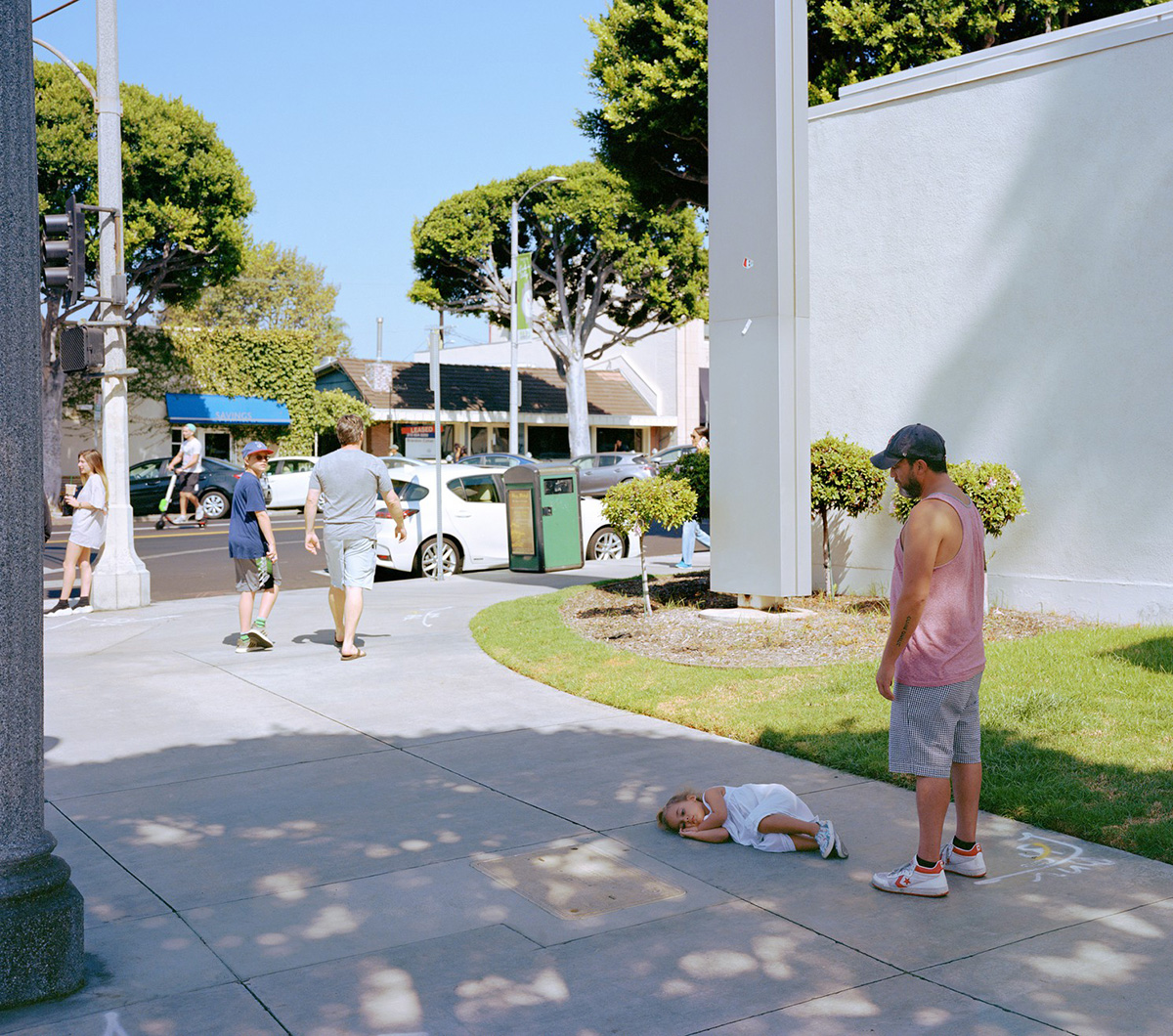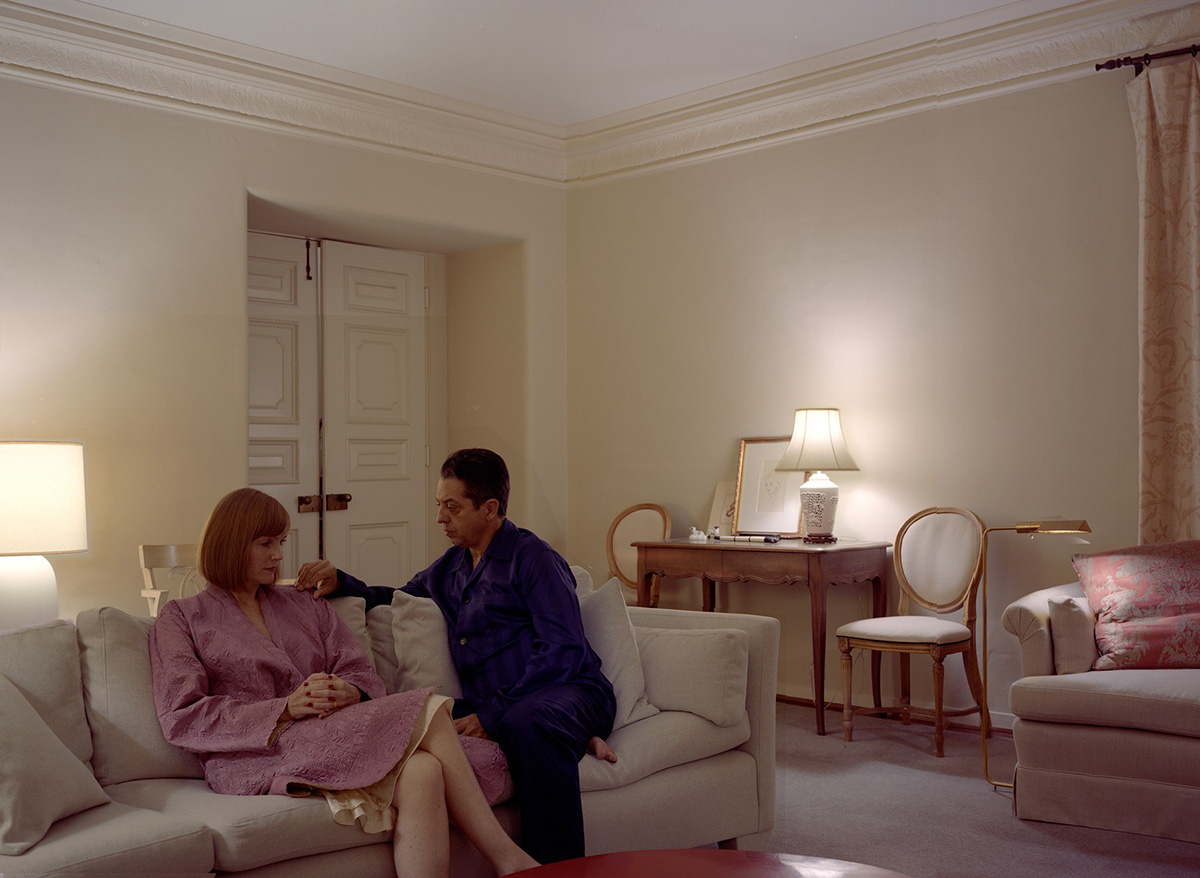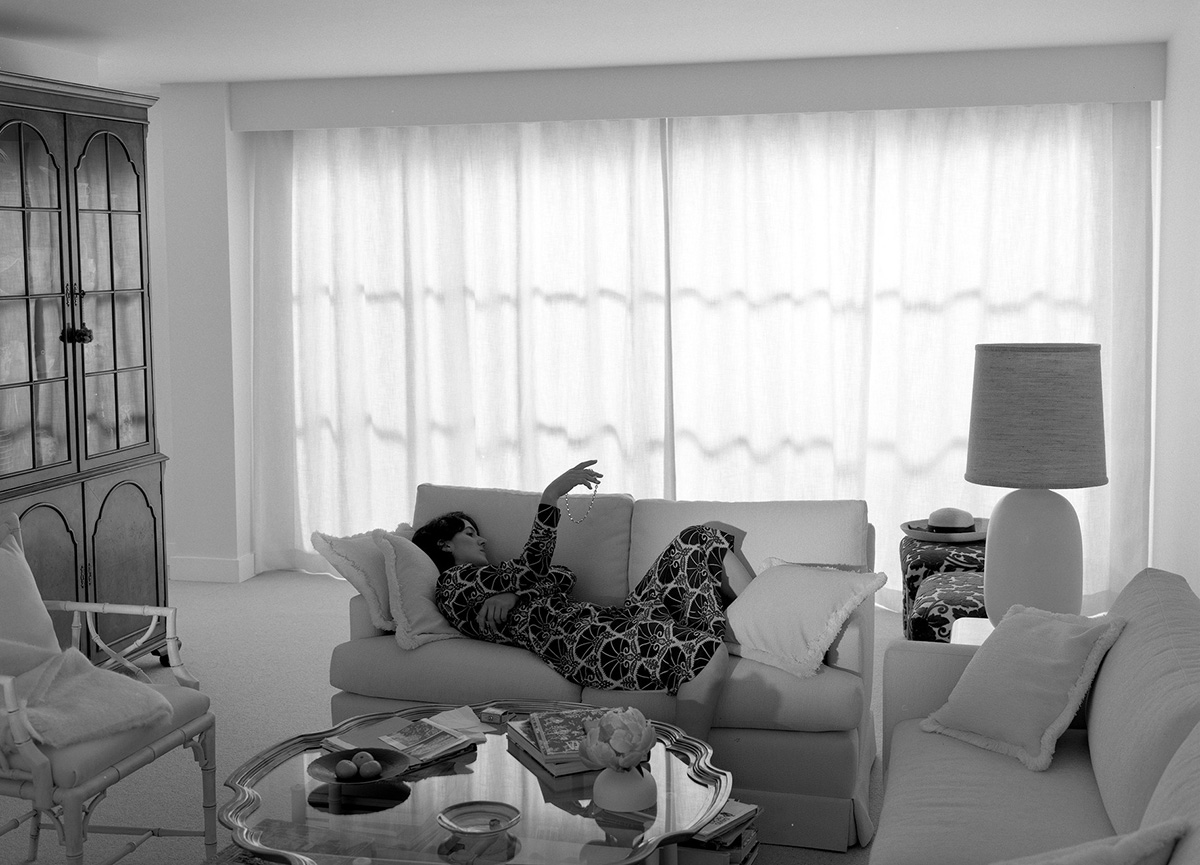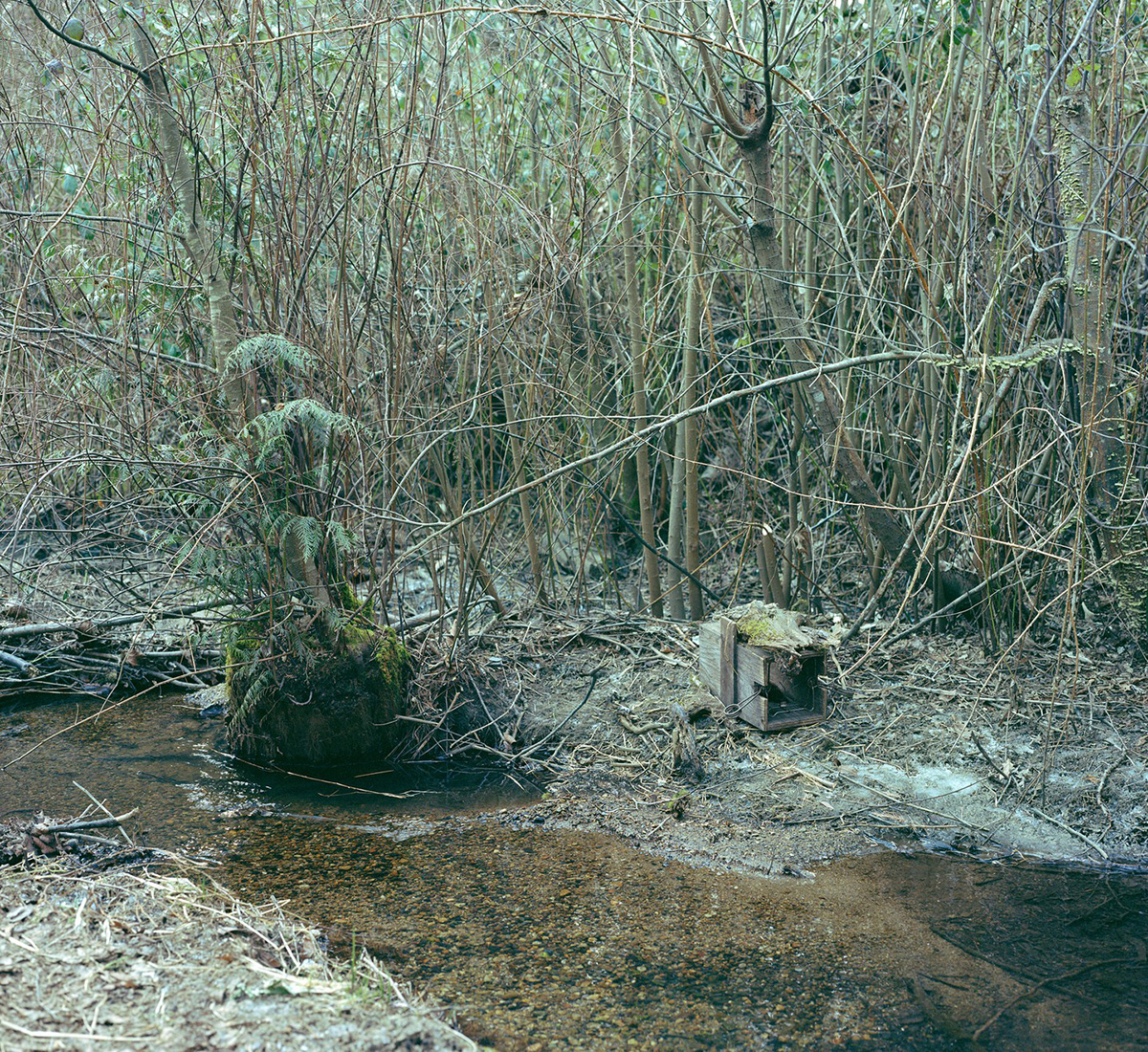PHOTO:Jeff Wall
 As a major art figure in recent decades, Jeff Wall has developed a body of work that has profoundly changed the way we look at the photographic medium since the late 1970s. By inscribing it in an enlarged pictorial tradition and thinking of it in terms of its relations with other arts, he has redefined its essence and opened up possibilities.
As a major art figure in recent decades, Jeff Wall has developed a body of work that has profoundly changed the way we look at the photographic medium since the late 1970s. By inscribing it in an enlarged pictorial tradition and thinking of it in terms of its relations with other arts, he has redefined its essence and opened up possibilities.
By Dimitris Lempesis
Photo: Gagosian Gallery Archive
Jeff Wall’s approach has expanded the common understanding and definition of pictorial art by making photographs with the visual power and conceptual weight afforded to painting. Relatively early in his career, Wall parted ways with the convention of street photography and the impulse to capture moments on camera as they occur. Inspired instead by memories and imagined scenarios, he carefully plans and constructs his pictures, scouting locations, casting actors as subjects, and organizing the shoots with the rigor of a movie production. In his solo exhibition Jeff Wall presents a group of “near documentary” realist pictures, one of the principal directions his work has taken over several decades. Men confront each other in tense situations in “Listener” (2015) and “Event” (2021). Young people are absorbed in solitary moments—a reclining woman seems fascinated by the sparkling crystals of a necklace; in “Sunseeker” (2021), eyes shut, faces the blazing afternoon sunshine from atop an automobile; a man reads something written on a hotel room mirror in “Man at a mirror” (2019). And a man confronts a musing child: photographed on Larchmont Boulevard in 2018, is a reconstruction of an incident reported to the artist by the father of a small daughter. The photo “Trap set” (2021) extends Wall’s long-standing interest in places and the documentary recording of them. In the photograph, a baited animal trap is set along a suburban creek in Vancouver on a frozen February day during mink season. Jeff Wall has composed several two- and three-part works over the past decade, photographed in a Hollywood rooming house in 2014, depicts three related spaces, which both connect and separate the two inhabitants. In “Pair of interiors” (2018), a middle-aged couple relate or fail to relate to each other in their large lamplit living room; the characters are played by four different people across the two images. His latest two-part work is “Actor in two roles” (2020). The large photographs each show a moment from a play written and produced within the past two or three years. Wall has replicated the designs of specific productions, adapting them to the “little theater” format of the Los Angeles stages he rented to make the work. Actors must continually change roles and identities, from week to week, day to day, or even during a single day. The diptych structure uniquely permits this transformation of identity and appearance to be witnessed as if it were simultaneous.
Jeff Wall was born in 1946 in Vancouver, Canada, where he still lives. He became involved with photography in the 1960s—the heyday of Conceptual art—and by the mid-1970s he had extended Conceptualism’s spirit of experimentation into his new version of pictorial photography. His pictures were made as backlit color transparencies, a medium identified at the time with publicity rather than photographic art. These works had a startling effect when exhibited in galleries and museums, playing a part in the establishment of color as an important aspect of the aesthetics of photography. “Dead Troops Talk” (1991–92), a large image depicting a hallucinatory moment from the Soviet war in Afghanistan, is a central example, and was one of the first works to employ digital-imaging technology, which has since transformed the landscape of photography. Wall was a pioneer in exploring this dimension and remains at the forefront of its development. A second key direction in Wall’s work is what he calls the “near documentary.” These are pictures that resemble documentary photographs in style and manner but are made in collaboration with the people who appear in them. Wall works mostly with nonprofessional models in a way that recalls the neorealism of the Italian cinema of the 1950s and 1960s, creating images of everyday moments charged with complex meanings. By depicting incidents that he witnesses but does not attempt to photograph in the moment, he opens up formal and dramatic possibilities for pictures that, he has said, “contemplate the effects and meanings of documentary photographs”. Since the mid-1990s Wall has expanded his repertoire, working with traditional black-and-white prints and, more recently, inkjet color prints.
Photo: Jeff Wall, Sunseeker, 2021 Inkjet print, 45 ¼ × 52 ⅛ inches (115 × 132.5 cm), edition of 4 + 1 AP, © Jeff Wall, Courtesy the artist and Gagosian
Info: Gagosian Gallery, 456 North Camden Drive, Beverly Hills, CA, USA, Duration: 13/1-5/3/2022, Days & Hours: Tue-Sat 10:00-18:00, https://gagosian.com
